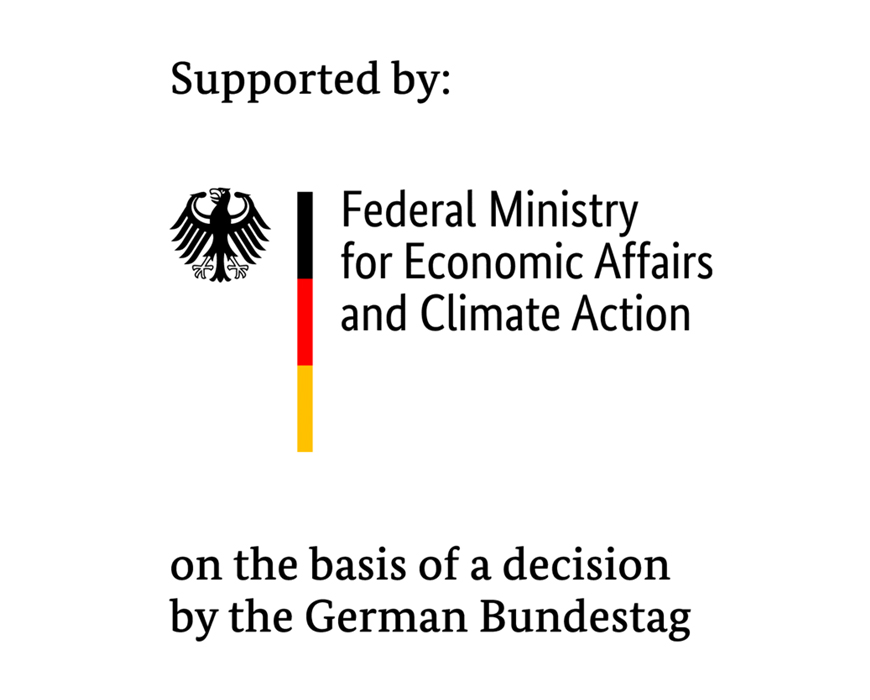| Funding: | BMWi |
| Partner: | DLR, ForWind |
| Duration: | 12/2012 - 02/2016 |
| Project volume: | 12 Mio. Euro |
The main focus of the joint "Smart Blades" project is developing intelligent rotor blades for future turbine generations. Smart-Blade technologies cause researchers to expect a considerable reduction in the loads, which affect rotor blades. This enables an aerodynamically optimized and lighter design of wind energy turbines so that less material will be used for turbine construction. Through design changes cost savings for material and logistics can be achieved and the turbine’s service life increased.
At present, if the wind is blowing too strongly, rotor blades are turned out of the wind over their full length. Meanwhile, the new blades, with a length of up to 85 m, sweep over an area the size of several football pitches with every rotation. The gustiness of wind leads however to very different wind behaviours within such a large area so that a general and relatively slow adjustment of the complete rotor blade cannot be considered. As a consequence, local wind currents are to be influenced quicker and more precisely by using moveable slats, trailing edges and other systems.
Smart-Blade technology includes rotor blade trailing edges, which can change shape and flaps, which, if required, can deflect wind. Extremely large rotor blades equipped with such mechanisms can actively regulate gusts of wind and thus reduce performance fluctuations. Through this, damage susceptibility can be reduced and longer service life achieved. Such active technology has been successfully tested in the field of aviation and is now to be used in wind energy.
In so doing, the rotor blades equipped with these mechanisms should not become more fault-prone, heavier or more maintenance intense and so increase electricity production costs. The aim of the research project is therefore to prove the feasibility, the efficiency and reliability of smart blades.
